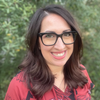Five tips for building background knowledge in the science classroom

I am guessing you’ve heard of the achievement gap and maybe even the opportunity gap – but what about the knowledge gap?
My schools were filled with a diverse range of learners from all walks of life. English is often their second or even third language. It was tough to try and meet the varying needs of all the students in front of me. As I continued researching ways to support my students, I had an elementary colleague recommend a book about the impact of the shifts in early childhood education on secondary classrooms, The Knowledge Gap, by Natalie Wexler (2020).
Wexler's (2020) book explores the academic achievement disparities between low-income students and their more affluent peers. She argues that the "knowledge gap" is primarily due to limited access to a content-rich curriculum rather than innate ability. While some find her work oversimplified, it sparked reflection on how her findings impact secondary teachers.
Wexler (2020) highlights the prevalence of skills-based learning in elementary education, leading to a lack of emphasis on subjects like social studies and science. This shift results in a knowledge gap in secondary education, making it challenging for students to connect new material with prior knowledge. The COVID-19 pandemic has further exacerbated these disparities.
Instead of belaboring the challenges that result from this gap, I wanted to explore what we could do as teachers to address “the knowledge gap,” especially at the secondary level. I came up with five tips that felt the most practical to integrate into the work that teachers already do:
Analyze formal and informal assessments.
Both formal and informal assessments can assess students' scientific understanding, identify misconceptions, and connect new learning to prior knowledge. Pre-tests identify strengths in content knowledge and skills. Assessment data can inform content and article selection and anticipate misconceptions. Informal assessments like discussions, exit tickets, and concept maps identify areas for support and inform instructional adjustments and targeted feedback. Take a look at the tools you have to monitor student understanding. I use Teach Mode in Stile to quickly understand student strengths and misunderstandings to respond at the moment. Our pre-assessments also help me understand additional context my students would need before digging into unit topics.
Add local imagery and media to your science lessons.
Students can better understand and remember the material when connecting scientific concepts to real-world phenomena or experiences (National Research Council, 2012). Also, when students can see the practical applications of science in their daily lives, they are more likely to be engaged and interested in the material. For example, learning about the chemistry of cooking can be more meaningful and interesting than simply memorizing chemical formulas. I love adding additional media into Stile lessons, like the image in Figure 1. In a unit where students must build sustainable transport, they explore the impact of our current transport on the environment. The unit already includes imagery, but I added a local image of the San Francisco Bay Area pollution to show that the problem is also closer to home.
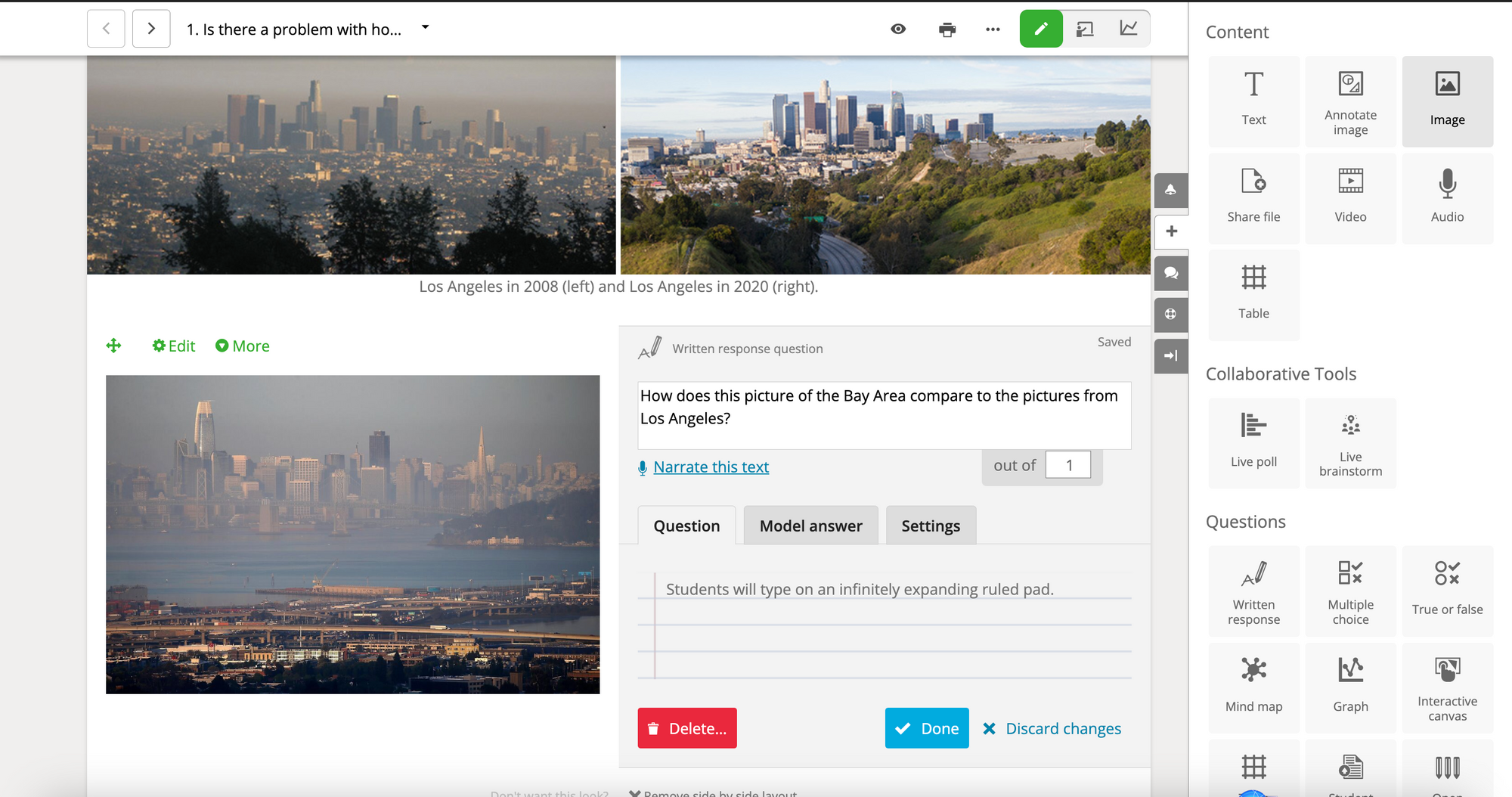
Pause during readings to teach vocabulary in context.
Teaching vocabulary in context enhances understanding, usage, and recall of scientific concepts. Meaningfully presenting vocabulary helps students remember and relate to concepts. Tier 3 vocabulary, specific to content, is challenging for students as it isn't used outside the classroom. Exploring vocabulary in the context of reading and imagery provides multiple practice opportunities with difficult words. Therefore, when introducing content-specific vocabulary, I also ensure that students have time to explore vocabulary in the context of reading (Figure 2) and imagery (Figure 3). This provides students with multiple opportunities to practice difficult words.
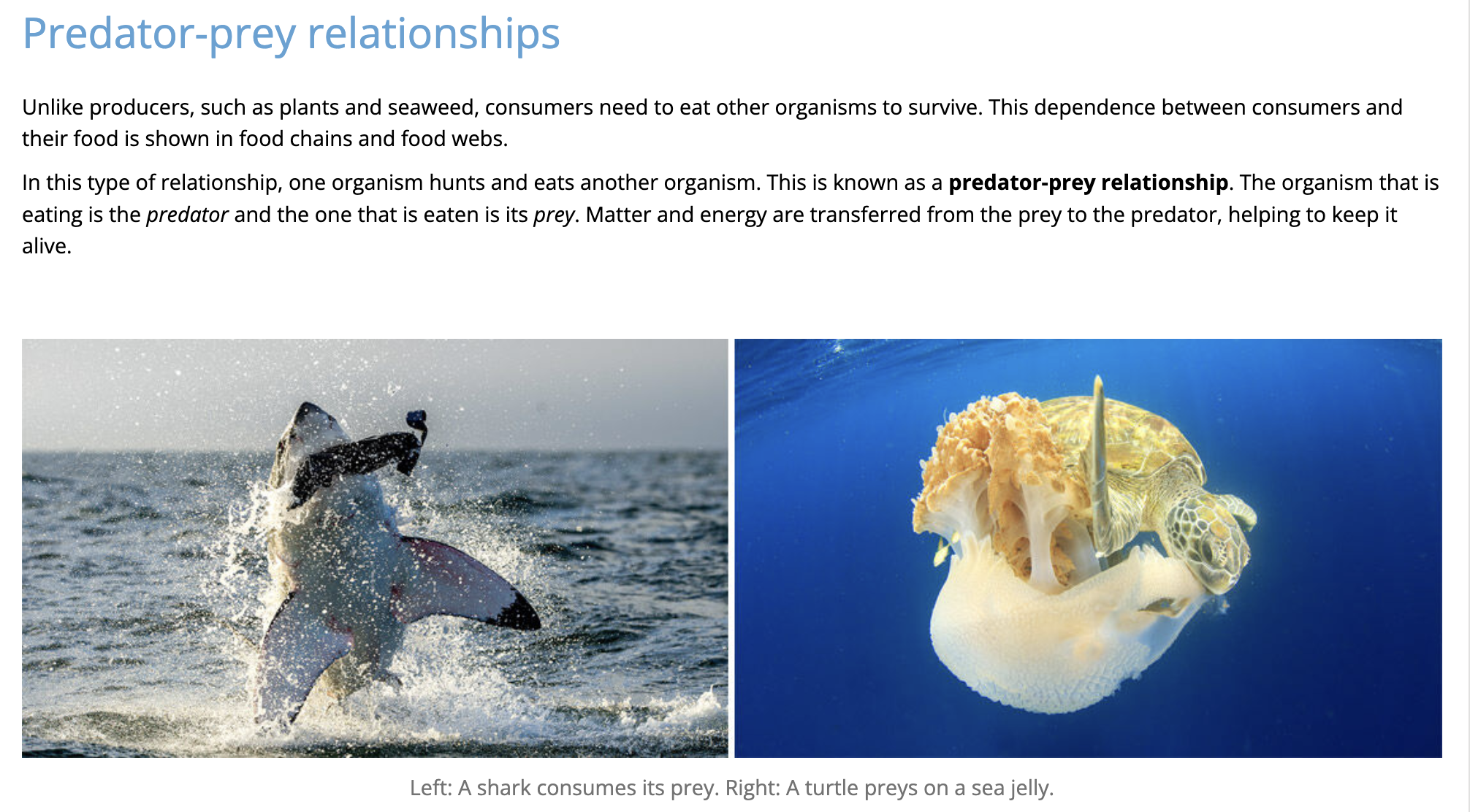
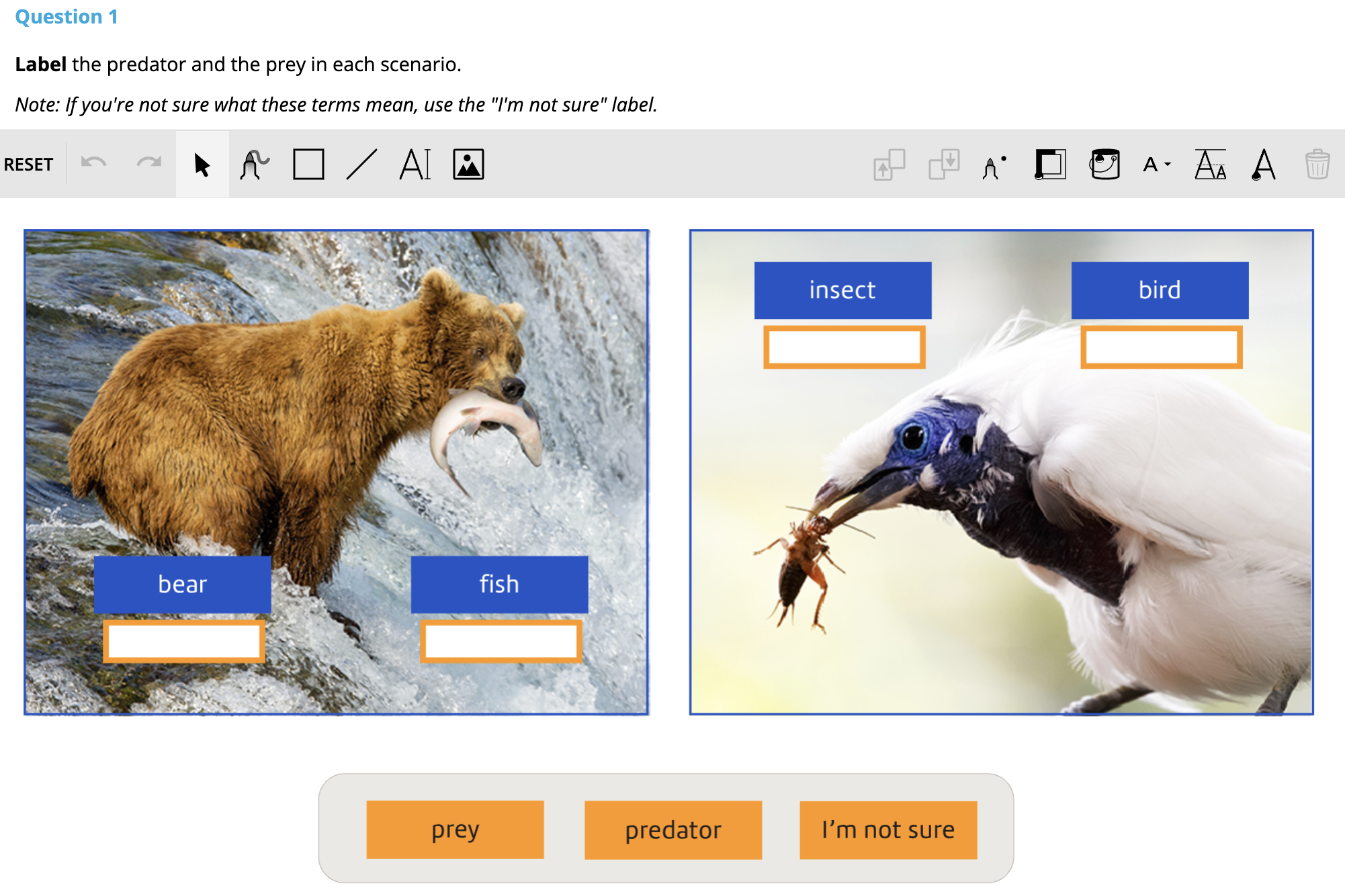
Plan opportunities for knowledge-building discourse.
Knowledge-building discourse is an approach that emphasizes collaborative learning, inquiry, and the construction of knowledge through shared understanding and collective exploration of ideas. Knowledge-building discourse can help students build background knowledge in the science classroom by promoting engagement, critical thinking, communication skills, and metacognition. Discourse thrives when we ground student learning in real-world contexts and scientific problems. There are many formal and informal ways that teachers can include discourse in their lessons in many formal and informal ways, from turn-and-talks to Socratic Seminars, to interactive digital debates (Figure 4) that allow students to explore and change their opinions as they encounter ideas and evidence from their peers.
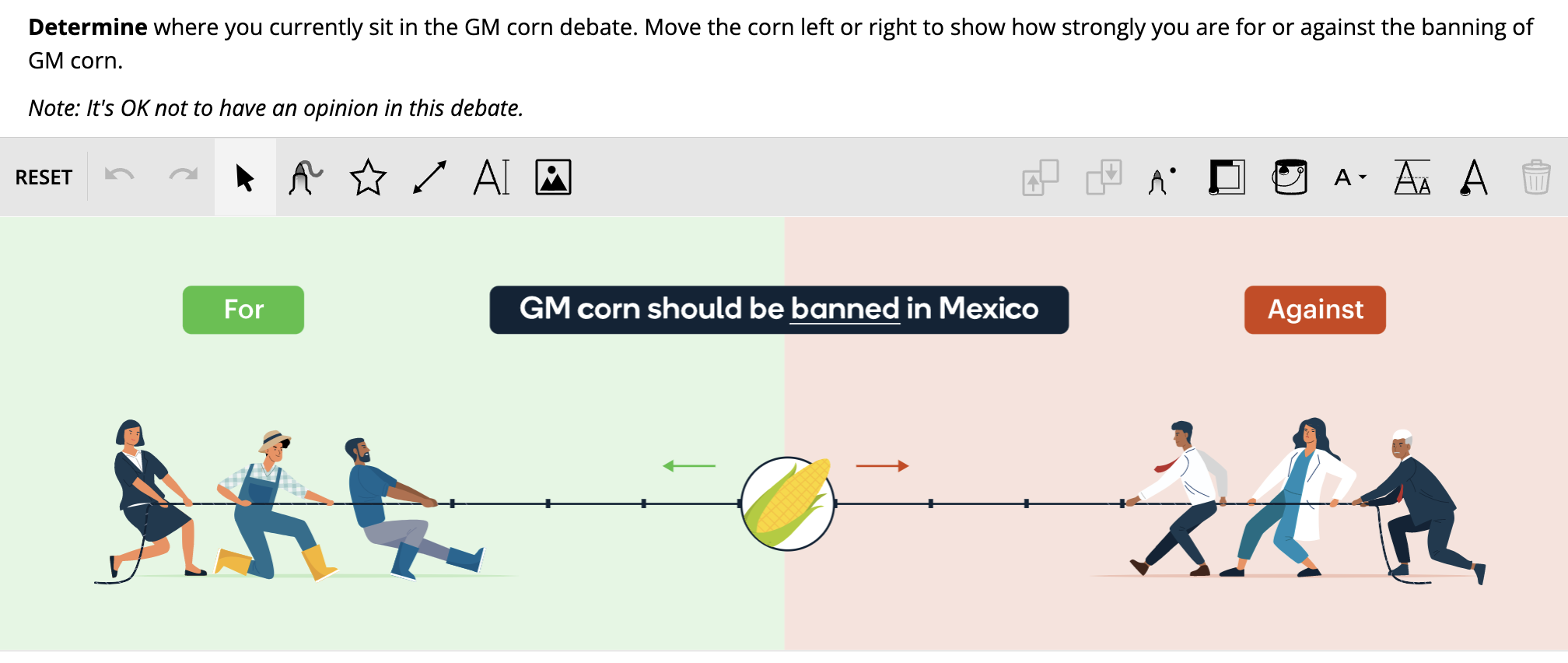
Assign concept maps to students to explore the relationships between ideas.
Concept mapping is a visual tool that builds background knowledge by identifying prior knowledge, promoting critical thinking, and active learning. It visually represents relationships between concepts and helps students remember information effectively. It can be used for pre-assessments, exploring vocabulary, summarizing unit ideas, and promoting student collaboration.
There is still plenty of research to explore and conduct to better understand how “the knowledge gap” espoused by Wexler (2020) reveals itself across our current educational landscape. However, as teachers, we can continue to think about ways to mitigate these challenges as we encounter them at the secondary level. Hopefully, one of the five strategies from this piece allows you to support some of the knowledge gaps you notice in your classroom.
References
National Research Council. (2012). A framework for K-12 science education: Practices, crosscutting concepts, and core ideas. National Academies Press.
Wexler, N. (2020). The Knowledge Gap: The hidden cause of America's broken education system--and how to fix it. Penguin.

